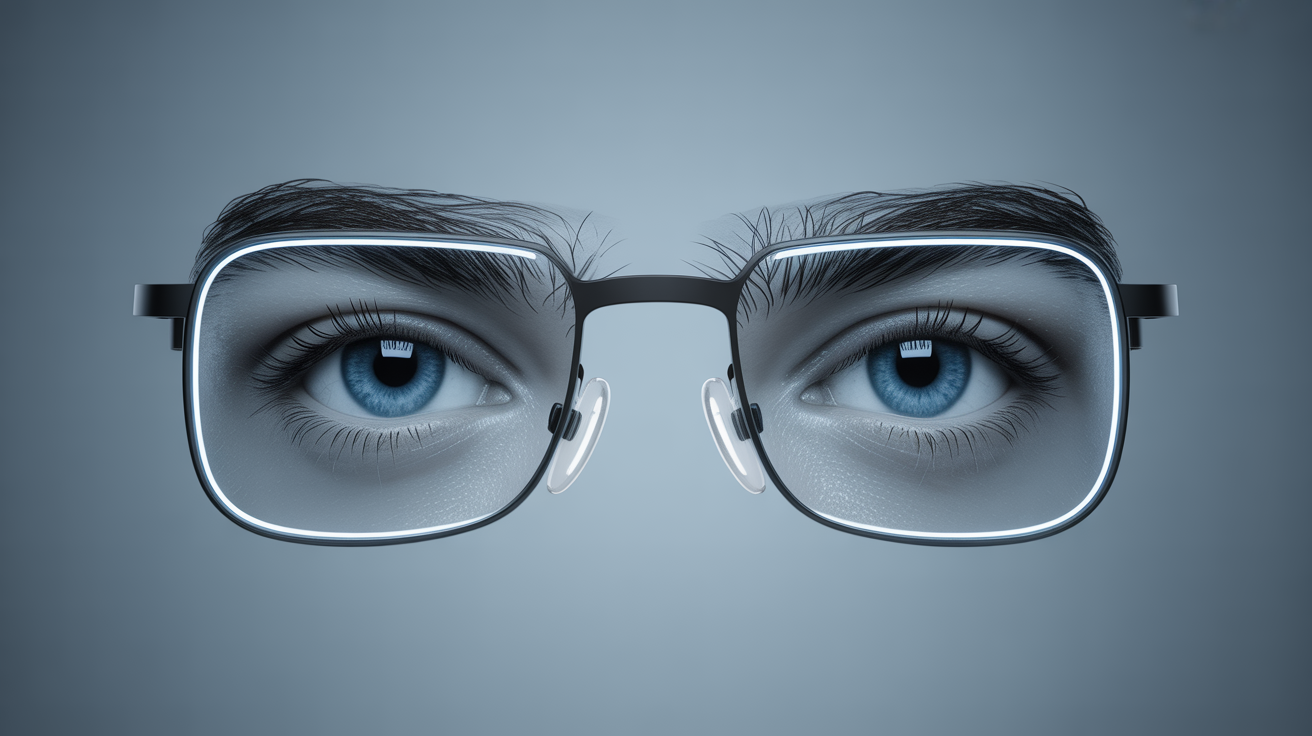By Futurist Thomas Frey
In 2025, accessing expertise still feels like climbing a wall built out of money, geography, and time. Need an expert? You can hire one—expensive, slow, and layered with management overhead. You can try to learn it yourself—time-consuming, full of dead ends. Or you can go without—limiting what’s possible. The global economy runs on the friction of these constraints. Expertise clusters in cities, corporations, and institutions because coordination costs are too high for everyone else. Collaboration is trapped within the boundaries of payrolls and departments. But that barrier doesn’t survive the next decade.
By 2040, expertise is no longer a scarce commodity you have to chase. It’s an instant, liquid resource—available on demand, globally distributed, and orchestrated by AI systems that handle the coordination humans once found impossible.
Continue reading… “The Instant Expert Network: When Knowledge Becomes Liquid”












